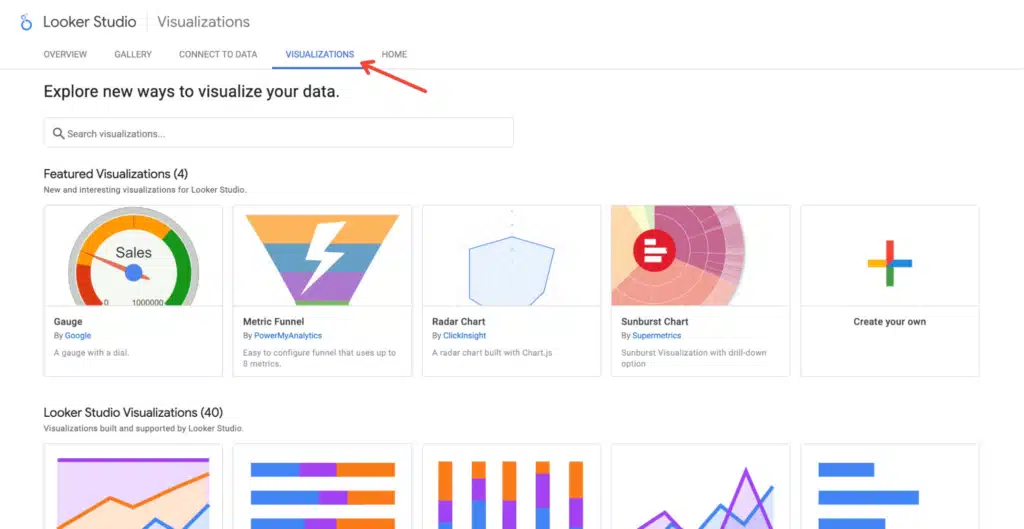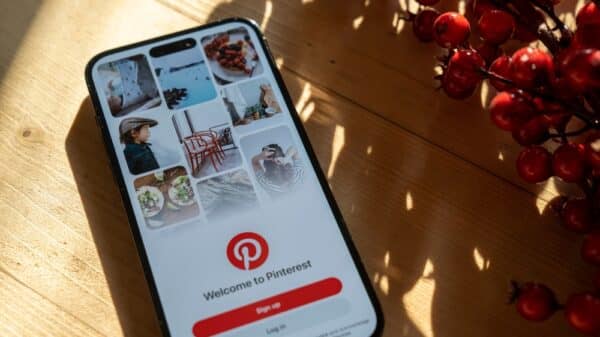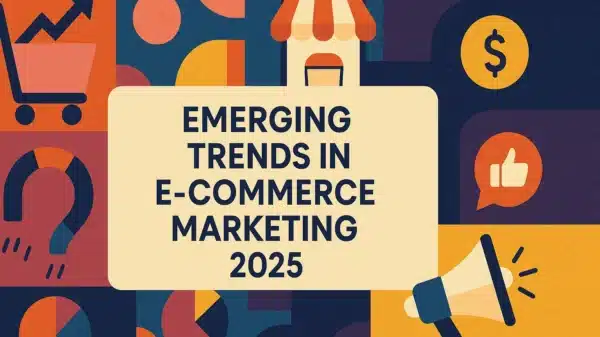Cross-channel attribution isn’t about following every click; it’s about asking the right questions. What’s truly driving growth? Which touchpoints matter and which ones don’t?
In 2025, the key to staying competitive isn’t gathering more data. It’s gaining clarity.
The Attribution Problem That’s Often Overlooked
Attribution is frequently treated as a math problem: allocate X% of credit to each touchpoint. However, in 2025, the real challenge won’t be distributing credit—it’s cutting through the noise. Modern attribution isn’t about tracking every click; it’s about:
- Deciding what not to measure.
- Balancing precision with practical application.
- Shifting from a channel-first mindset to a customer-first approach.
Your top-performing channels may not always be the data champions. Instead, they’re the ones creating meaningful customer experiences that foster long-term connections.
The Missing Link: Intent-Driven Attribution Models
Many attribution models fail because they treat all clicks equally. However, each interaction signifies a distinct customer intention. Modern attribution must link these signals to actual purchasing behavior.
Building an Intent-Driven Attribution Framework
- Match intent to funnel stage
- Top-funnel: Brand discovery and education.
- Mid-funnel: Active research and comparison.
- Bottom-funnel: Ready to purchase.
- Track behavioral shifts
GA4’s predictive analytics highlight when casual browsers start behaving like buyers. Pay attention to these signals. - Value quality interactions
Time spent exploring product details often matters more than a brief homepage visit. Adjust your attribution accordingly.
GA4’s New Approach
GA4 moves beyond session-based tracking to capture complete customer journeys across multiple devices. The goal isn’t to pinpoint a single winning channel—it’s to understand how various touchpoints lead to conversions.
Think of It Like This:
- Social ads spark initial interest.
- Email nurtures that interest.
- Search ads close the deal.
It’s about connecting the dots in a customer’s journey rather than just splitting credit between channels. Each touchpoint offers context for user intent and helps push them closer to a decision.
Four Powerful GA4 Features
- Conversion Paths Report
Use Path Exploration to identify where customers encounter obstacles and fix weak points in your sales funnel.
Go to Admin > Explore > Path Exploration, select your starting point, and examine where users drop off. - Event Tracking
Track micro-actions, like video views or scroll depth, as these often indicate purchase intent before a conversion happens.
Go to Admin > Data Display > Key Events > New Key Event, and set up events for deeper insights. - Attribution Windows
Align your lookback period with your sales cycle. Longer windows (30 days vs. 7) frequently reveal how content marketing drives sales over time.
Go to Admin > Data Display > Attribution Settings, and set your lookback period accordingly. - Future ROI Forecast
Combine GA4’s predictive data with historical ROI to identify future winning channels. Ensure your data meets the necessary thresholds to access predictive metrics.
Go to Explore > New Exploration > Metrics > Predictive, and view forecasts for future ROI based on past behavior.
Quick Tip: Review your dashboard monthly. Remove any metrics that don’t directly correlate to revenue or growth—they’re just noise.
Making Data Tell Its Story in Looker Studio
Spreadsheets don’t convince stakeholders—insightful, clear reports do. Here’s how to build Looker Studio dashboards that actually drive decision-making.
Two Key Dashboard Views for Cross-Channel Attribution
1. Smart Funnel Analysis
Track how different customer segments (e.g., high-value vs. repeat) move through your funnel and compare their journey with benchmarks to spot problems early.
Go to Home > Visualizations, and browse featured options or create your own.

2. Channel Overlap Heatmap
Use Venn diagrams to visualize how channels like paid search, organic search, and social media overlap in driving conversions. This helps identify where you may be paying multiple times for the same customer.
Go to Community Visualizations > Explore More > Venn Diagram to visualize channel overlap.
Common Attribution Pitfalls and How to Avoid Them
Attribution isn’t just about what you track—it’s about how you interpret the data. Here are five common traps even seasoned marketers fall into:
Pitfall #1: Blindly Trusting Data-Driven Models
Numbers show what happened, not why. Combine analytics with customer feedback and session recordings for a fuller picture.
Pitfall #2: Using the Wrong Success Metrics
Don’t assess awareness campaigns by conversion rates. Align your metrics with campaign goals.
Pitfall #3: Overlooking Channel Connections
Channels don’t operate in isolation—they work together. Use GA4’s Data-Driven Attribution to understand how channels support one another, like how display ads can boost your search performance.
Pitfall #4: Ignoring the Time Lag Between Touchpoints
Attribution models often overlook the time delay between interactions. A customer might see your ad today but convert weeks later. Track and factor in the full customer journey to avoid misjudging your channels’ impact.
Pitfall #5: Missing Cross-Device Behavior
Customers don’t only use one device. They might view your ad on mobile, research on a desktop, and convert on a tablet. Be sure to capture cross-device interactions to accurately measure how channels influence one another.
A Better Way to Think About Attribution
The secret to improved attribution isn’t simply gathering more data—it’s asking better questions. Instead of obsessing over perfect channel attribution, focus on understanding your customer’s journey:
- What influences their decisions?
- Which metrics genuinely impact your bottom line?
- What actionable insights can you use today?
GA4 and Looker Studio aren’t just tracking tools—they provide a window into customer behavior. Use them to:
- Understand how channels complement each other.
- Identify early signals of buying intent.
- Make informed, confident budget decisions backed by data.
Remember: The best attribution isn’t about tracking every click—it’s about comprehending the journey your customers take to reach you.











